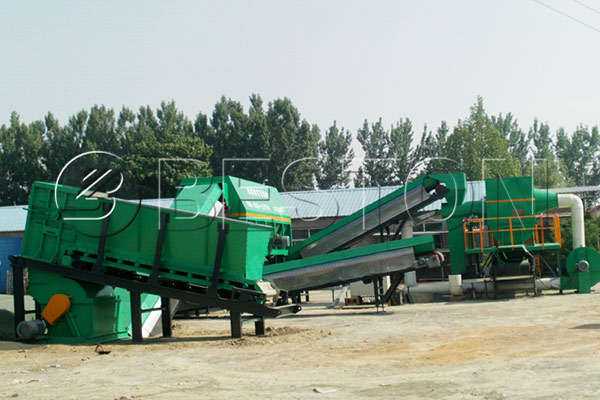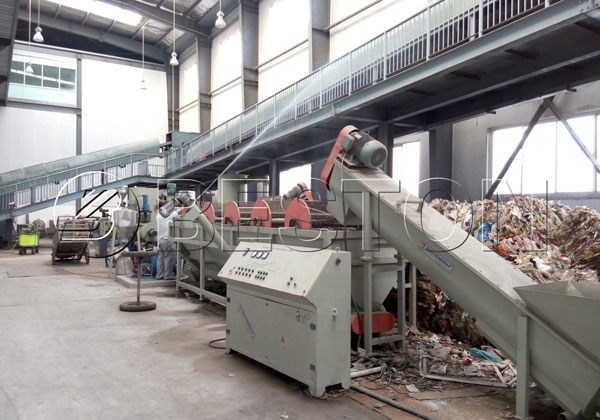A Need for Solid Waste Recycling Sorting Machine
One of the most frustrating aspects of recycling is having separate bins for items such as plastic, glass, and paper. Fortunately, there are new solid waste recycling sorting machines that are eliminating this common household frustration. Many cities are now using the recycling solid waste sorting plant to do the job. When recycling biomass waste, choose the pellet mill machine.

With a single stream automatic trash sorter machine all of your recyclables will go into one bin and then be delivered to a materials recovery facility. At this facility there will be an automated msw sorting system utilizing screens, magnets, conveyor belts, and lasers to separate the various materials. The separated various materials will then be sold to plastic and metal buyers or to various paper mills.
There are now 240 of the 570 US recycling facilities using a single stream operation. The system is not perfect but its high speed operation is a vast improvement from having to separate all of your recyclables into separate bins. The single stream recycling system has distinct steps. The steps include the tipping floor, the drum feeder, the initial sorters, the large star screens, the second sorters, the medium star screens, the glass sorter, the magnetic metal sorter, the eddy current separator, the infrared lasers, the baler, and the landfill. Use egg tray packaging machine to recycle paper waste.
At the tipping floor a dump truck will deliver a variety of mixed recyclables to a local automated waste segregator. The items are piled on a floor and the driver of the dump truck will check to see that there are no oversize items, such as a microwave, in the mix. The next step is the drum feeder which is a mechanical claw that will grab a handful of recyclables from the tipping floor. This claw will then drop these recyclables into a drum that is spinning. This allows all of the items to be evenly distributed onto a conveyor belt.

The 3rd step is the initial sorters which allows workers to remove various waste that might clog up the line such as coat hangers or plastic bags. The 4th step uses the large star screens which are star shaped discs in a series of offset patterns. This system was originally introduced in the 1950s by the Dutch. The Dutch used this type of screen to sort tulip bulbs.
The 5th step is the second sorters. A group of people will be positioned along the conveyor line so as to remove smaller contaminants. The 6th step in this process is the medium star screens. At this step, there are 3 smaller star screens that pick up different grades of paper. The sorting facility shows that this step makes up for more than 2/3 of all recycled material. The glass, plastic, and aluminum foil will fall through the medium star screens continue on towards the main belt.